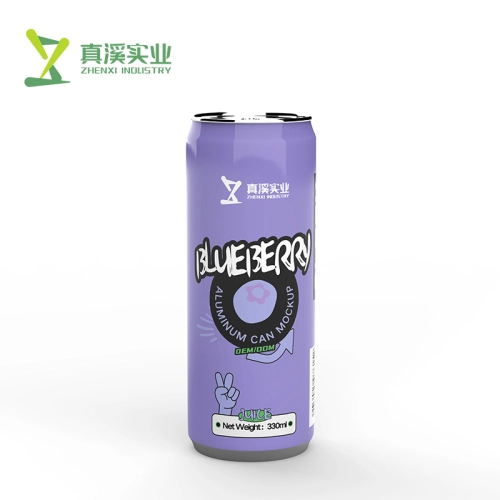Making soda cans is a sophisticated, highly automated process in which you mass-produce millions units every day. The process for making a soda can starts with giant coils of aluminum, each one weighing about 9,000 pounds. The rolls are later fed into machines that unroll the aluminum at speeds of up to 3,000 feet per minute.
The process involves cutting the aluminum sheet into circular blanks. The diameter of each blank is approximately 5.5 inches. Hall explained that these blanks were shaped by drawing and ironing into a cup of about 2.6 inches in diameter, which gave them dimensions similar to Chobani Yoghurt pots (4.83in tall). This process, called deep drawing impacts a great deal on the structural integrity of the can.
The critical requirement for can production is accuracy. The precompression panel above is made of only 0.065-mm-thick aluminum, a body to which the automaker says it has cut sheet waste yet with increased structural rigidity; while the aluminum used on sides and floors goes down in thickness from there, all told getting as thin as about 0.097 mm (just under four thousandths of an inch) throughout most areas seen here more likely helps even further material efficiency-and whatever loss contact-breakage resistance-overall. The bottom of the can, about 0.31 millimeters thick, is too strong for Mr. Ouimet's tetrahedrons to crush because it has greater thickness compared with the flattened walls,but generally and by convention, only thicker parts (at least.
Cans are tested for quality very strictly by the industry. Taking Coca-Cola as an example, 1 out of every10k cans produced are tested by them based on which others compliances with safety and quality guidelines must be measured. Need to Keep a Close EyeEveryroach in said catagory needs to be scrutinized at such diconcerting levels so as notto allow for extra credit, or potencial issues like leaks or contamination.

Once the can leaves a more pressurized part of its journey from head to toe down, we begin necking where at top end is decreased in diameter such that you have enough space under this lid. Figure 4: At least about eleven precise reductions to a final opening size of ~2.13 inches in this stage This modesty is very important to reduce the explosive power of cans, which will be a feature experience surprise that consumers desire.
The necking process is performed before the cans receive an epoxy-resin inner lining that insulates your drinks from direct aluminum exposure. An inert coating over your classic glass so as to prevent chemical reactions of unprotected beverage content. This means that on average, we apply 200 mg of paint strip to protect and coat a can so as noticable complete grip or protection algorithms.
The Ball Corporation alone makes over 100 billion cans a year, an extraordinary example of industry efficiency. It is literally faster to make one than fill it with cocoa or cola; oil has the largest energy payback, as shown in This Black Gold which followed The Power From Motive Waste on other short-period prayers (renewable). Their most sophisticated manufacturing plant can crank out 2,400 cans every 60 seconds illustrating the beverage category's capacity to produce enough for a global population. A production rate of this magnitude is a proof that years and decades spent on developing sophisticated machinery coupled with the mystery processes paid off in spades.
Stage 3 == =>>> Canning (printing and labeling of cans) The process uses as many as six colors during one pass to provide for detailed, high-end designs. The precision of the print is impressive, with registration tolerances down to 0.1 millimeters This level of precision will help you maintain brand standards and the look that makes your content visually stand out.
It takes around 24 hours for a can to go from an aluminum roll, top start-to-finish. This quick turnaround is vital in the beverage sector where demand for deliveries are high and service contracts stipulate that it must arrive at certain dates to ensure supply chains continue. Because of the low expense for producing aluminum cans, usually less than 10 cents a can, they are popular in beverage markets.
Read about how soda cans are made for a more in-depth look at the manufacturing process or see the full list of processes and innovations behind this industry on their expertise page.